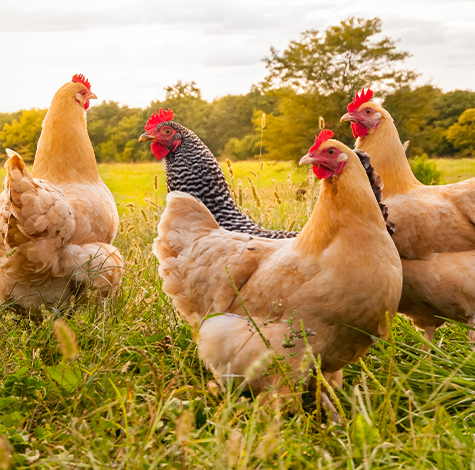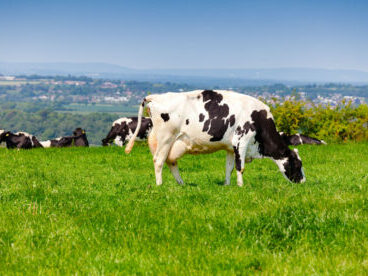Getting fresh cows settled into lactation is a high priority but how do you decide how well they are doing and what actions may need to be taken to improve performance?
How are your fresh calvers really performing?
Getting fresh cows settled into lactation is a high priority but how do you decide how well they are doing and what actions may need to be taken to improve performance? Here, UFAC UKs Mark Townsend considers how milk records can unlock the key to a more productive lactation.
We expect cows to do a lot in the period immediately after calving. We want them to move from a transition cow on to a milking cow diet, to stop losing weight and be in a positive energy balance, ideally by 30 days in milk. All this, while producing high yields of milk with good compositional quality and getting ready to breed; In short we want them to hit the ground running.
We have often relied on measures like milk yield results and an objective view of whether they are losing weight or not as out best guide. But now, taking a look at milk records data at the first two recordings can shine a spotlight on how well they are really doing and allow action to be taken to correct any problems. In particular we can gain a lot of information by looking at the fatty acid breakdown of the butterfat as they are an indication of what is happening in the cow.
Working with customers we look at three main areas, all of which are reported by both NMR and CIS.
Mono-unsaturated fats in milk
The presence of high levels of mono- unsaturated fats can suggest a cow is losing too much body fat. Anything above 30% of milk fat as mono- unsaturates is an indicator that body weight loss is an issue. Because cows carry large amount of fat in the body cavity which can be mobilised, they can be losing weight without actually losing condition which is why this test is a more accurate guide.
The other area to look at is levels of C18:1 oleic acid in the milk. Levels above 22-25% suggest a real problem. This is one of the first fats mobilised and it is found in large quantities in the foot pad. If cows are mobilising C18:1 they will be predisposed to lameness, particularly solar ulcers. Once lame feed intakes and fertility will be at risk.
If high mono-unsaturates are a problem we look at the energy density in the diet and monitor intakes as it is clear cows haven’t migrated onto the milking cow diet effectively. We would also check they have adequate feed space – at least 75cm per cow for fresh calvers.
Short chain fatty acids
These are the fatty acids produced in the rumen and give us a good indication of how the rumen is performing. They need to be greater than 10% and anything lower points to problems with rumen function and how well cows are making the change from the transition to milking cow diet.
Where we see low short chain fatty acid levels it is time to take a close look at the diet and particularly whether cows are getting sufficient structural effective fibre to support rumen function. It might be that the diet needs more effective fibre or that cows are sorting the diet, two things we can confirm by sieving the diet.
Diet sorting, as well as reducing fibre intakes can also lead to too much starch in the diet which can upset the balance of rumen fermentation.
Lactose
Often seen as the poor relation of milk solids, lactose can tell us a lot about the energy status of the cow and particularly the levels of glucogenic energy. Glucose is essential for milk production and lactose levels below 4.5% indicate that cows may be short of glucogenic energy, in which case we would look closely at feed access and also the balance of energy sources in the diet.
By looking at milk records in a bit more depth, you will be able to get cows settled into lactation and set for a more profitable lactation.


 Back to News
Back to News 



